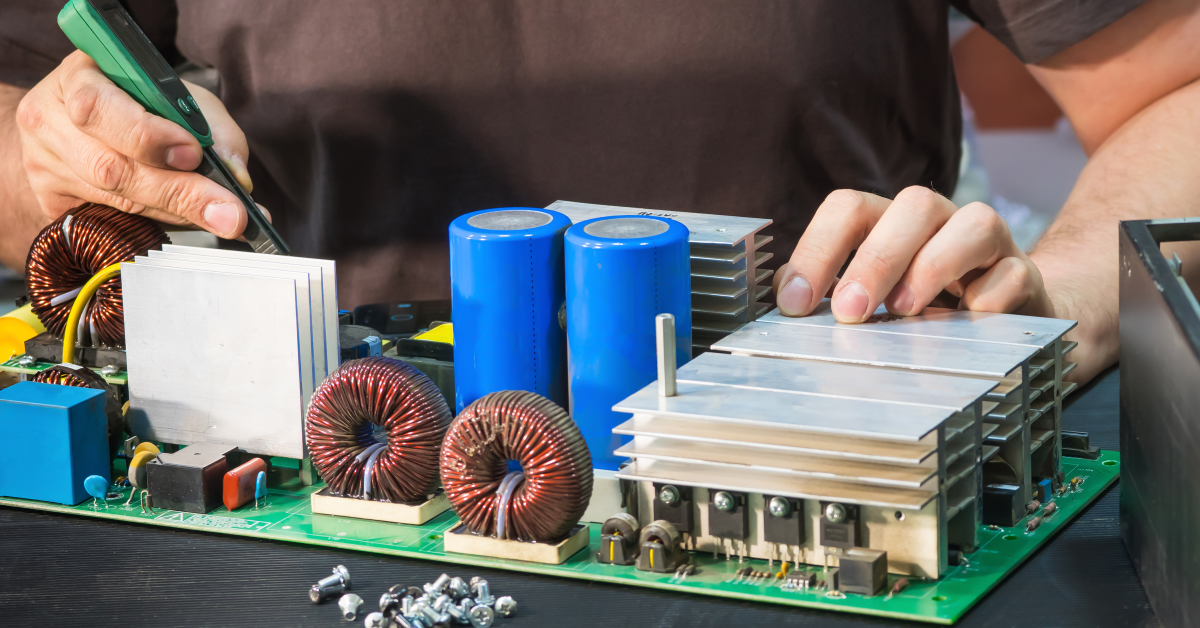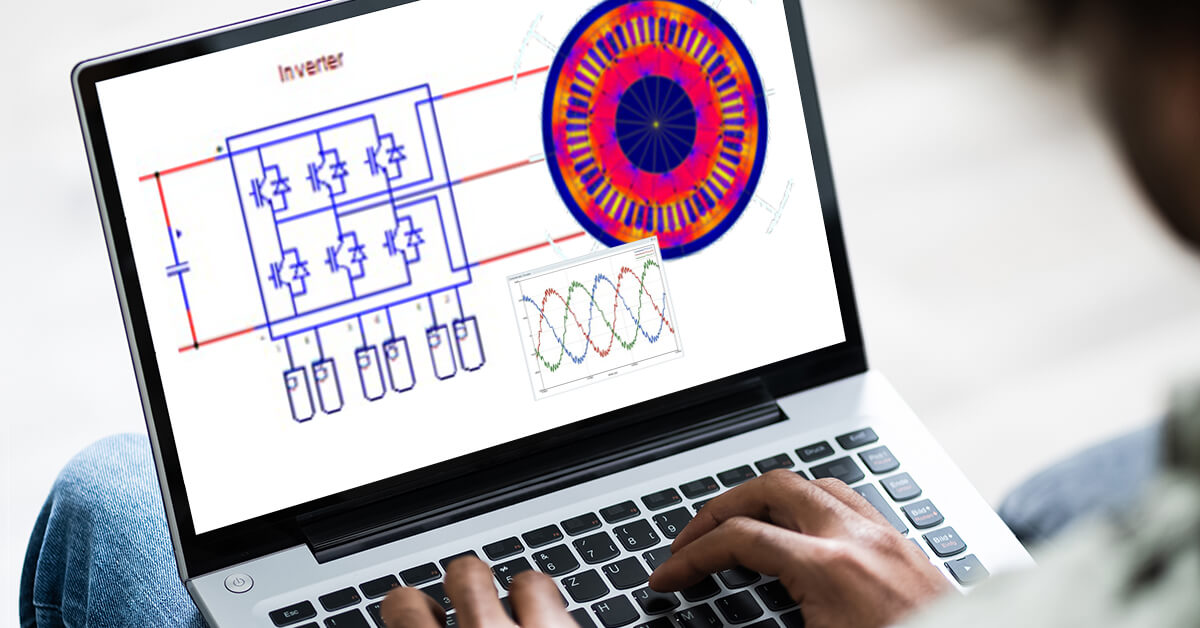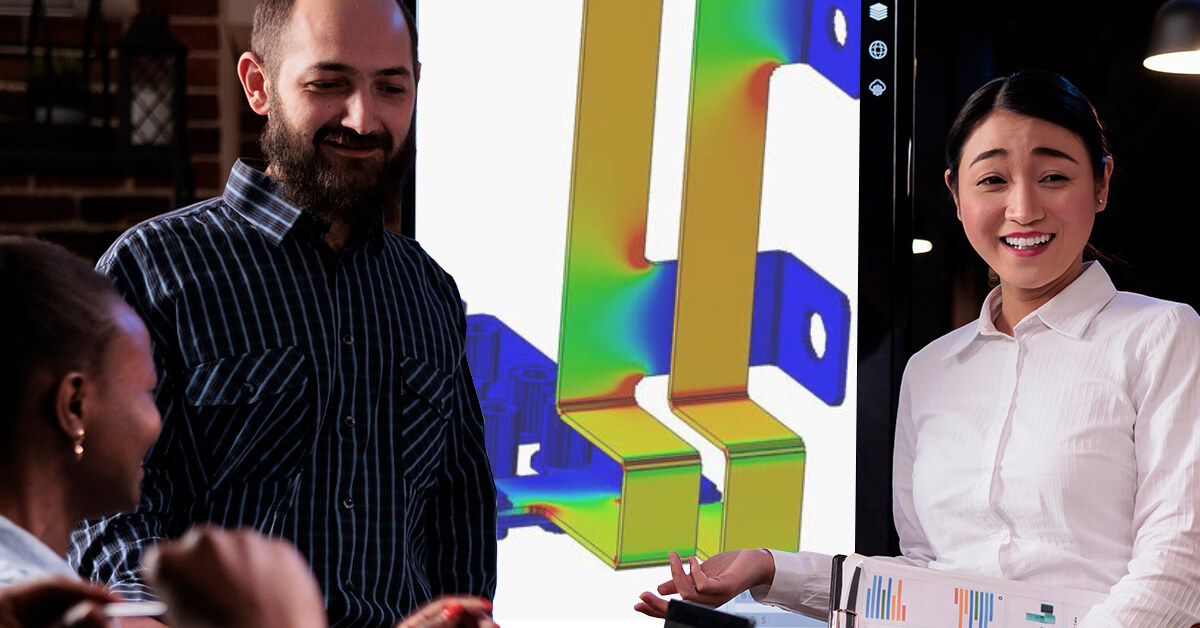Watch all Recordings




Privacy Notice | Terms of Use | Cookie Statement | DMCA | Whistleblowing |
© Altair Engineering Inc. All Rights Reserved.

A key enabling component in electrified vehicles and equipment is the power converter. Whether it is used for propulsion or for electric actuation, it drives the energy conversion from the source to the mechanical load. To achieve the goals of more sustainable systems and reduce CO2 emissions, converters need to be highly efficient, compact and reliable.
This webinar series will show you how simulation tools and state of the art modeling techniques enable users to virtually test various topologies and components. By applying the presented tools and methods, reduce development lead times and achieve exceptional power density systems.
This webinar series was created with program and product management teams and designers/engineers in mind, involved in the electrification of propulsion or actuation systems with a goal of quickly balancing power density, NVH, thermal, and conducted EMI challenges.
All our sessions can be found in our Resource Library, including audio translations. All recordings of previous webinars are linked below. You can select the language via Audio Description (AD) directly in the video player.
You're not a native English speaker? In addition to English, we offer audio translations in German, Italian, Spanish, and French.

Until recently, the only way to understand EMI issues was through hardware testing. This method of testing was costly if large design changes were required. Simulation is now able to provide actionable design decisions for conducted EMI at the beginning of the design cycle to reduce the cost and expense of hardware certification.

Low fidelity or ideal motor models are very useful for many aspects of a motor drive design. But what happens when we introduce spatial harmonics or nonlinear inductance? Does this impact our control bandwidth? What is the torque ripple from the spatial harmonics, will this cause NVH and can we reduce it with our control strategy? What about the efficiency of the complete motor drive while looking at the impact of switching speed or SVPWM vs DPWM? When to use a higher fidelity model set and what can be learned will be covered in this webinar.

Power losses link the electrical and thermal domains together. It is relatively straightforward to understand losses from the power electronics components but including these losses in a 3D thermal simulation brings much more information and insight to the feasibility of a design.

Discover what interactions are hidden when lower fidelity models are used to simulate multi-body dynamics with simple or ideal motor models and drives. This webinar will use several case studies linking motion simulations with varying fidelity levels of motor and drive models to uncover potential control issues or mechanical failure modes.
